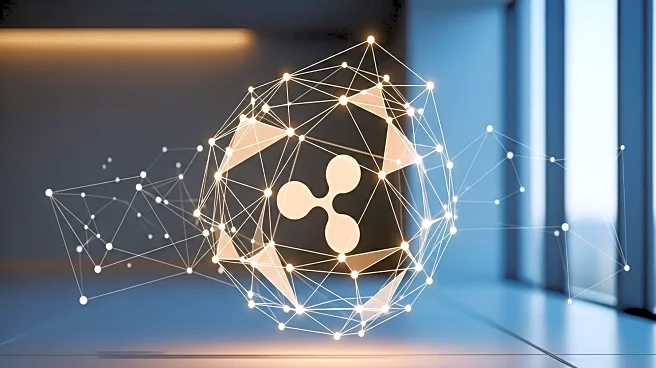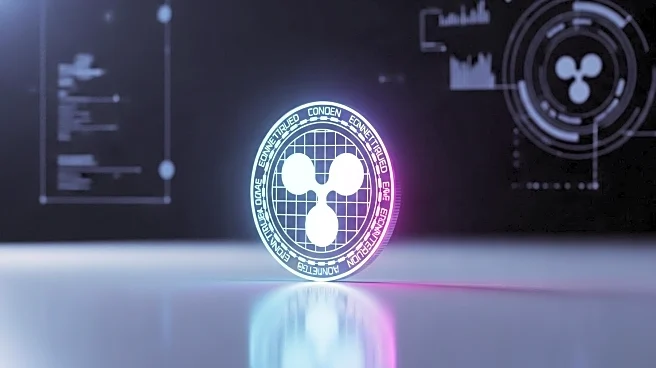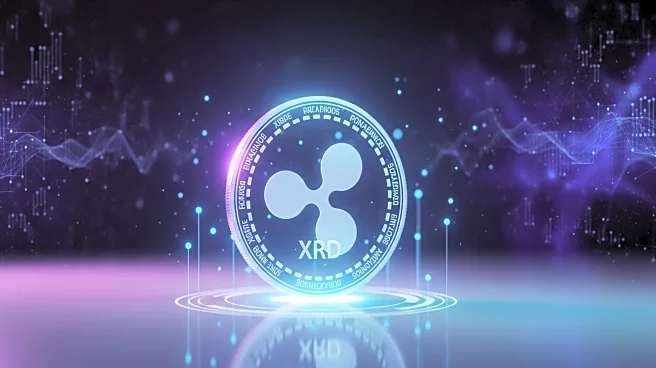What's Happening?
Ripple, under the leadership of CEO Brad Garlinghouse, is strategically positioning its XRP Ledger to capture 14% of SWIFT's transaction volume within the next five years. This ambitious goal is supported by partnerships such as the Saudi Arabian Monetary Authority's pilot using Ripple's xCurrent technology, which is expected to save Saudi banks between $200 million and $400 million annually by reducing intermediary costs. Ripple's recent movement of 250 million XRP between internal wallets has sparked discussions about the token's long-term value and the company's strategic priorities. The transfer aligns with Ripple's broader goal of expanding XRP's utility in cross-border payments and tokenization, positioning XRP as a bridge between traditional finance and decentralized systems.
Why It's Important?
Ripple's strategic initiatives are significant as they aim to enhance XRP's utility and adoption in the global financial system. By targeting a substantial portion of SWIFT's transaction volume, Ripple is positioning itself as a major player in the cross-border payments industry. The company's focus on partnerships and real-world applications, such as the SAMA pilot, underscores its commitment to reducing costs and increasing efficiency for financial institutions. This move could potentially disrupt traditional banking systems and offer a more cost-effective alternative for international transactions. Additionally, the resolution of Ripple's SEC lawsuit, which concluded with a $125 million fine and no classification of XRP as a security, has provided regulatory clarity, further boosting institutional interest and adoption.
What's Next?
Ripple's future steps include continuing to build partnerships and expand the use of XRP in various financial applications. The anticipation of a spot XRP ETF, with a high probability of approval, could significantly increase institutional investment in XRP, potentially driving its price higher. Ripple's focus on tokenization and institutional-grade tools, such as its RLUSD stablecoin and Ethereum compatibility upgrades, aims to mitigate risks and enhance XRP's appeal to regulated institutions. As Ripple continues to execute its strategic plans, the company may further solidify its position in the financial industry, potentially leading to increased adoption and integration of XRP in global financial systems.
Beyond the Headlines
Ripple's efforts to capture a significant share of SWIFT's transaction volume highlight a broader trend of digital currencies challenging traditional financial systems. The company's focus on tokenization and cross-border payments reflects a shift towards more decentralized and efficient financial solutions. This development could lead to long-term shifts in how financial transactions are conducted globally, with potential implications for regulatory frameworks and financial stability. Ripple's strategic moves also raise questions about the future role of cryptocurrencies in mainstream finance and their potential to reshape the financial landscape.











